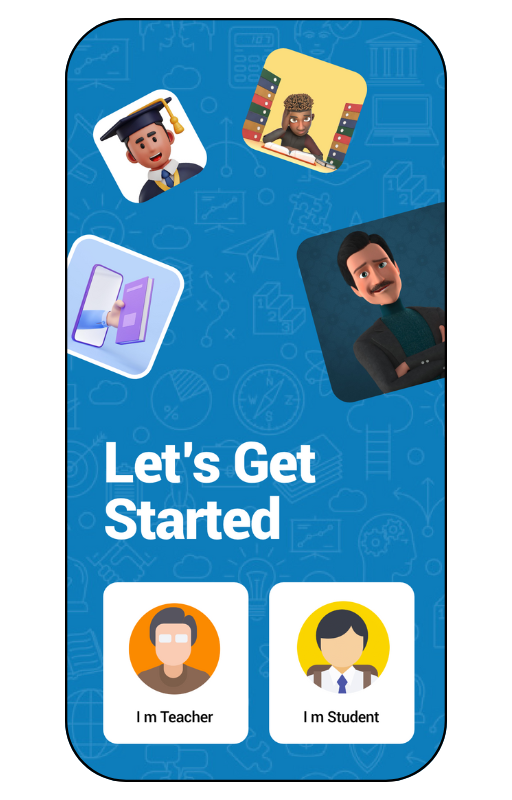
Lesson planning is both an art and a science. It's a creative endeavor that requires careful thought and preparation to ensure that your students not only learn but also stay engaged and inspired throughout the learning process.
In this extensive guide, we'll explore a six-step approach to crafting lesson plans that captivate your students' attention and drive meaningful learning experiences.
Begin by setting clear and concise learning objectives for your lesson. Your objectives should answer the question: "What do I want my students to learn and achieve by the end of this lesson?"
These objectives should be specific, measurable, achievable, relevant, and time-bound (SMART). Clearly defined objectives provide both you and your students with a sense of direction and purpose.
For example, instead of a vague objective like "Understand World History," a specific one could be "Analyze the causes and consequences of World War II."
One size does not fit all in education. Consider the diverse needs, interests, and learning styles of your students. Tailor your lesson to accommodate these differences.
Are there any specific challenges your students face, or are there particular strengths you can leverage? A student-centered approach ensures that your lesson resonates with your audience.
Just enter your email, and we’ll deliver the article to your inbox for reading at your convenience.
The structure of your lesson should guide students through a logical sequence of activities. Begin with an engaging introduction that captures their attention and highlights the relevance of the lesson.
You might start with a compelling story, a thought-provoking question, or a striking image related to the topic.
Then, present new information in digestible chunks, using a variety of teaching methods. Incorporate interactive elements, discussions, and hands-on activities to keep students actively involved. Break the lesson into clear sections, such as introduction, exploration, application, and reflection.
Encourage critical thinking throughout your lesson. Ask open-ended questions that prompt discussion and exploration.
Encourage students to analyze, evaluate, and apply the knowledge they gain. Critical thinking not only deepens their understanding but also keeps them engaged.
Integrate activities that require problem-solving, decision-making, and creativity. For instance, you could organize a debate, case study analysis, or a group project that challenges students to think critically and apply what they've learned.
Leverage technology and multimedia resources to enhance your lesson. Engaging visuals, videos, interactive simulations, and online resources can bring your content to life and cater to various learning styles.
Platforms like Schoolink provide access to a wealth of educational materials, making it easier to integrate technology into your teaching.
Consider creating digital assignments or collaborative projects that involve the use of technology. Explore virtual field trips, interactive quizzes, or online discussions to diversify your teaching methods and capture students' interest.
Regularly assess student learning to ensure your objectives are met. Use formative assessments such as quizzes, discussions, and peer evaluations to gauge progress.
These assessments should align with your learning objectives and be designed to provide valuable insights into student comprehension.
Provide constructive feedback that highlights strengths and suggests areas for improvement. This not only informs your teaching but also motivates students to excel. Offer specific guidance on how students can enhance their performance, encouraging a growth mindset.
Consider incorporating Schoolink into your lesson planning process. Schoolink offers a range of features designed to streamline your teaching tasks and enhance the learning experience.
From creating interactive classrooms to sharing resources and facilitating communication, Schoolink empowers you to create captivating lessons that resonate with your students.
In conclusion, crafting captivating lesson plans is a dynamic process that evolves with your teaching style and your students' needs.
By following this six-step guide and embracing technology like Schoolink, you can make each lesson a memorable and engaging experience, fostering a lifelong love for learning in your students.
Stay inspired, keep innovating, and continue making a positive impact in your classroom!


Schoolink - Your educational app
for insights, tips, and trends